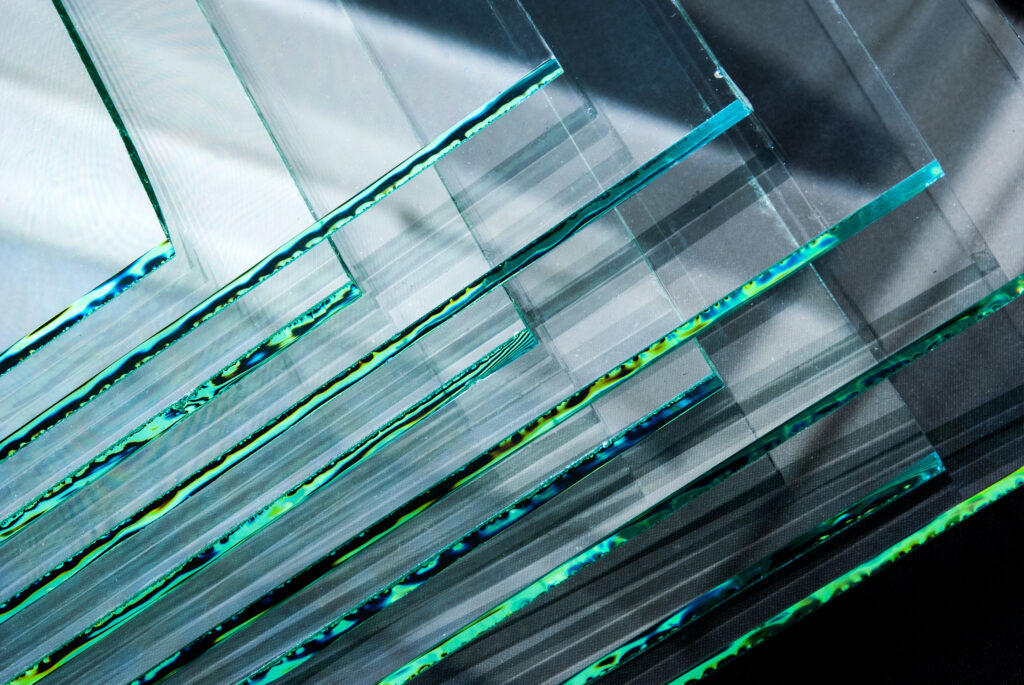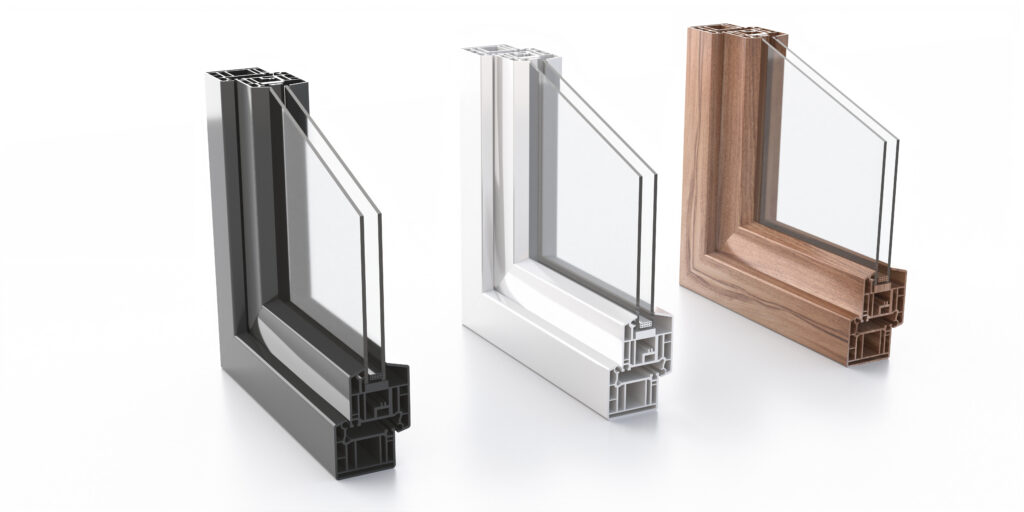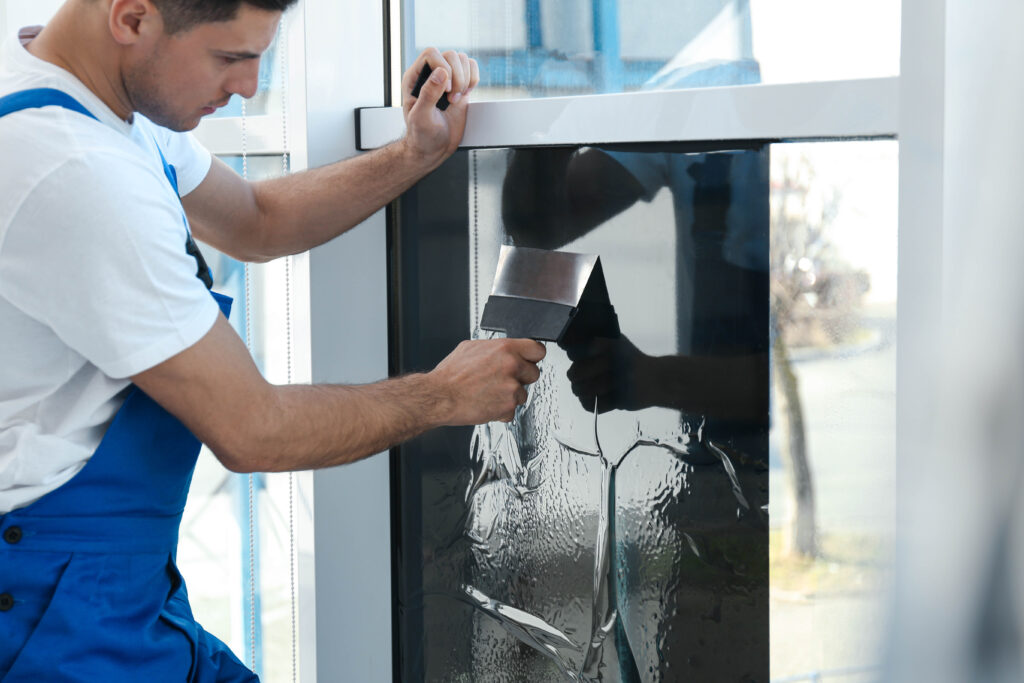Window Basics: Choosing a Glass Type
For just being some glass between you and the outside world, windows can be surprisingly complex. There are several ways to arrange the glass and various types of glass you can choose from. Becoming familiar with these different arrangements and types is essential so that you can make the best decision for your wallet, your future, and your home.
Glass Types
Glass may be altered in three unique ways. First, changing the chemical makeup of the glass (see: annealed and tinted windows). Second, coating the glass (see: reflective, low-emissivity, and spectrally selective windows). And third, assembling many layers of glass for a more custom and controlled effect (see: insulated and laminated windows).
Each of these ways has unique energy-saving properties and can block different types of rays from entering your home.
Annealed
Also known as clear glass, annealed glass is the standard float glass, without any additional strengthening done through tempering. The lack of additional treatment means that UV rays can more easily infiltrate your home, which may be dangerous to your furniture and energy bill.
While annealed glass isn’t typically coated, a tint or glaze may be added to improve its energy efficiency.

Tempered
Tempered glass is essentially an annealed float window, just with an additional heat treatment. This treatment increases the strength and heat-retaining capabilities.
Insulated
An insulated window traps heat between panes of glass. A window is typically made of one, two, or three window panes. If you choose one, the window has essentially no insulation. Choosing two gives one gap between panes for insulation, which is usually sufficient. Three panes creates two gaps, which allows for even more insulation.
Additionally, the more panes, the stronger the glass.
If you are looking to increase your energy efficiency even more, consider gas-filled insulated panes, which use krypton or argon to fill the space between the panes instead of a normal air compound.

Reflected
Reflected glass is made with film that, instead of absorbing heat, controls how much heat is transferred inside through reflection. The amount of solar light and glare transmitted through the window is vastly reduced by using reflected glass.
Laminated
During manufacture, fusing two or more panels of glass together with polyvinyl butyral (PVB) between each layer creates laminated glass. Laminated glass is extremely durable, has noise reduction qualities, and protects your home from 99% of UV rays.
Tinted
Tinted glass helps protect your home from the harsh ultraviolet radiation and heat from the sun. These windows are most often tinted gray, green, or blue. Each color offers your home a unique aesthetic. The tint may come from the unique chemical composition of the glass itself, or it may be a coating applied afterwards.

Low-Emissivity
Low-Emissivity (Low-E) is a coating for window glass. The Low-E helps to keep non-solar related heat in your house; it keeps your house cool when you want it to be cool, and warm when you want it to be warm. According to the US Department of Energy, the Low-E coating can reduce energy loss up to 50%. While most windows are coated with Low-E during manufacture, you may also paint it on yourself.
Spectrally Selective
While this is a subsection of Low-E, it deserves its own category.
Spectrally selective windows reflect a certain wavelength of light, but let others pass through. This is helpful when you want to prevent harmful UV rays from destroying your furniture, but would still like your windows to provide natural lighting for your home.
***
As mentioned before, there are three main ways to glaze; coat, tint, or layers. Combining any of the glass types with several panes of glass will further protect your home.
When choosing your windows, it is also important to look into suppliers, find the best deal and service, and protect your home–while also increasing resale value and curb appeal.
References
https://www.bhg.com/home-improvement/windows/window-buying-guide/selecting-window-materials/
https://glassdoctor.com/expert-tips/all-about-window-glass/types-of-window-glass
https://www.energy.gov/energysaver/window-types-and-technologies
https://info.glass.com/types-of-window-glasses-and-their-uses/
https://www.archtoolbox.com/materials-systems/doors-windows/glass-types.html
https://www.efficientwindows.org/gtypes.php
